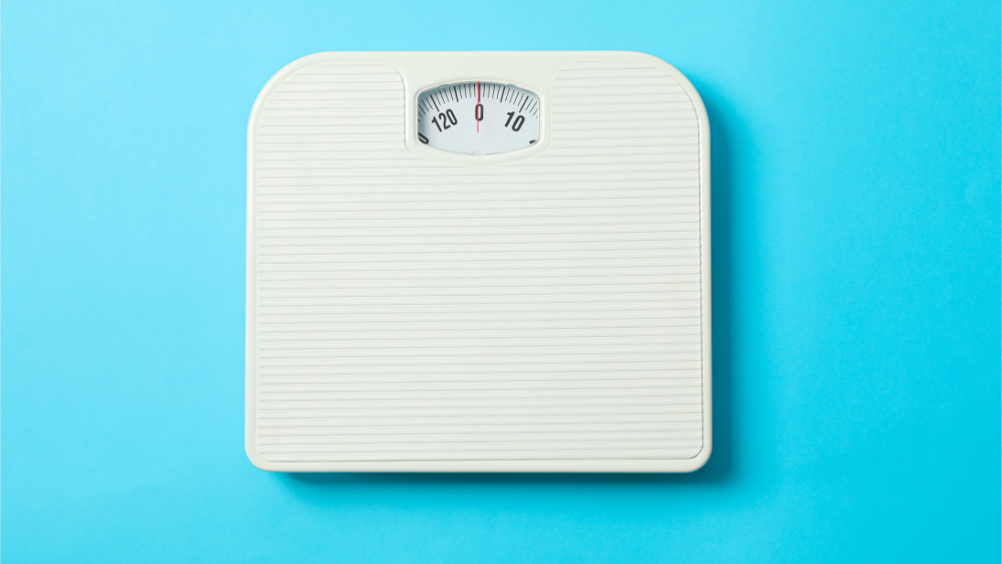References
How the COVID-19 pandemic has affected obesity levels and how liraglutide may play a role in its control

Abstract
In March 2020, the UK Government introduced formal social lockdown measures to restrict the spread of the COVID-19 virus. Both the lockdowns and the pandemic have had considerable social and health consequences beyond the direct death toll attributable to COVID-19. One of the secondary effects of COVID-19 and lockdown is increased levels of obesity. The most common and convenient measurement of obesity that is currently used is body mass index (BMI), with a BMI over 30 being classed as obese.
Excess weight is one of the few modifiable factors for COVID-19 and, as such, achieving a healthier weight is crucial to keep the nation fit and well as we move forward. There are many ways in which weight may be controlled or managed, from exercise, diet and nutrition, to surgery to medication. Liraglutide is the drug that is commonly known as Saxenda®. It may be prescribed for individuals with a BMI of 30kg/m2 or more or those with a BMI of 27kg/m2 who have another weight-related illness, such as high blood pressure, type 2 diabetes or dyslipidemia. It has a number of cautions and contraindications, and the side effects experienced are generally gastrointestinal-related. As with many weight management programmes, Saxenda works in conjunction with a reduced calorie diet and an increase in physical activity.
In January 2020, the World Health Organization (WHO) declared the severe acute respiratory syndrome coronavirus 2 (SARS-CoV-2), the virus that caused the novel coronavirus disease 2019 (COVID-19) pandemic a global health emergency (Velavan, 2020). Then, in March 2020, the UK Government introduced formal social lockdown measures to restrict the spread of the COVID-19 virus. The lockdowns and the pandemic have had considerable social and health consequences beyond the direct death toll attributable to COVID-19.
The COVID-19 pandemic has caused a considerable public health burden and, although the impact that the crisis has had on weight-related behaviours, including healthy eating and physical activity, has not been fully established, study results show that it may be substantial (Pearl, 2020).
Obesity has been defined as abnormal or excessive fat accumulation that may impair health (WHO, 2021). The fundamental cause of obesity and being overweight is an energy imbalance between the calories consumed and calories expended. Globally, there has been an increased intake of energy-dense foods that are high in fat and carbohydrates and a decrease in physical activity due to the increasingly sedentary nature of many forms of work, changing modes of transportation and increasing urbanisation (WHO, 2019b). The aim of this article is to examine the factors that have been described as COVID-19 predictors of weight gain. There are many ways in which weight may be controlled or managed, from exercise, diet and nutrition, to surgery to medication. Here, the medication liraglutide will be discussed, including its mechanism of action, side effects and contraindications.
Register now to continue reading
Thank you for visiting Journal of Aesthetic Nurses and reading some of our peer-reviewed resources for aesthetic nurses. To read more, please register today. You’ll enjoy the following great benefits:
What's included
-
Limited access to clinical or professional articles
-
New content and clinical newsletter updates each month


